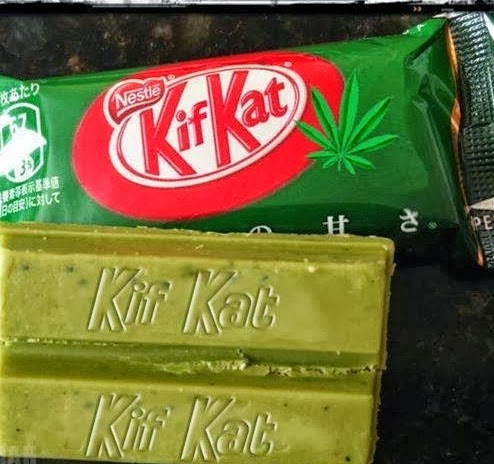When buying marijuana flower at a dispensary, it’s not difficult to find something tailor-made for your needs: Sativas for energy and focus, indicas for pain relief and sleep, hybrids for something in between. Try out the same formula for pot-infused edibles, and your options are (for the most part) only distinguished by flavor, with nothing said about how it will treat you. The truth is, cannabis food is still miles behind flower when it comes to predicting what kind of effect it will deliver.
And at a time when edibles are under such heavy scrutiny for causing unexpected freak-outs and alleged connections to suicides and murder, experts say there is now more of a need than ever before for manufacturers, regulators and especially users to educate themselves about this alternative method of ingesting cannabis.
While the iconic pot-brownie has been around since the ’60s, that form of cannabis food was typically created via the D.I.Y. method of cooking pot into butter and then infusing that butter into a snack-cake. Most edibles on the shelves today are made using highly sophisticated instruments that employ CO2 or butane to extract the cannabinoids from the plant material, a process that is still in its infancy and isn’t without its critics. And no matter how it’s made, the resulting substances themselves haven’t enjoyed nearly the same amount of scientific, peer-reviewed studies that smokable marijuana has.
